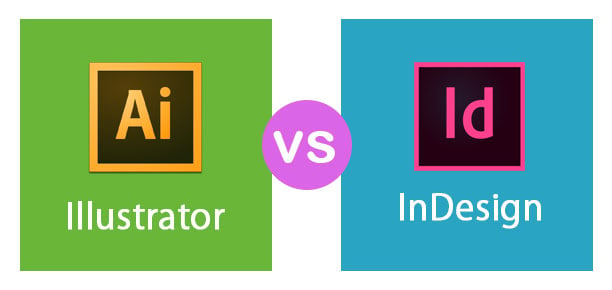
Try out some of these advanced features and you’ll be able to create a masterpiece of your own.

Although many visual effects can be achieved using advanced CSS and software development tools, Photoshop can be a great starting point for creating website mockups, patterned and textured backgrounds, or custom graphics.

Designing for web, software, and mobile. Photoshop is also a great tool for creating visual elements for web use.Not only can it handle the basic functionalities of red-eye removal, blemish touch-up, and light levels, but can also be used to blend layers and add advanced filters to achieve professional results. Editing photos. Photoshop is among the best software available to edit photos.Because of these properties, Photoshop is best used in the following scenarios: You should never rely on Photoshop to set type text has its best appearance when it is vector-based (more on vectors shortly). Pixellation happens when a raster image is enlarged, causing those dots to spread further apart, creating a fuzzy image with a low-quality appearance. You’ll want to use Photoshop to create or edit images that will stay at a fixed size to avoid pixellation. Photoshop is perhaps the best-known and most widely used of the Big 3, but that doesn’t mean it should be the go-to solution for your design projects. Photoshop is a pixel-based, or raster-based, software, meaning the graphics created in Photoshop are based on a finite number of dots that come together to create an image.

Whether you’re just starting out in design or are already on a marketing team and want to help with some of the art without giving your designers a headache, follow these use cases to ensure you create the highest quality and most usable pieces as possible. Photoshop, Illustrator, and InDesign are arguably the most popular and useful graphic design tools in the Adobe Creative Suite (soon to be Adobe Creative Cloud), but unless you’re a seasoned designer, you might not know when to use each one.


 0 kommentar(er)
0 kommentar(er)
